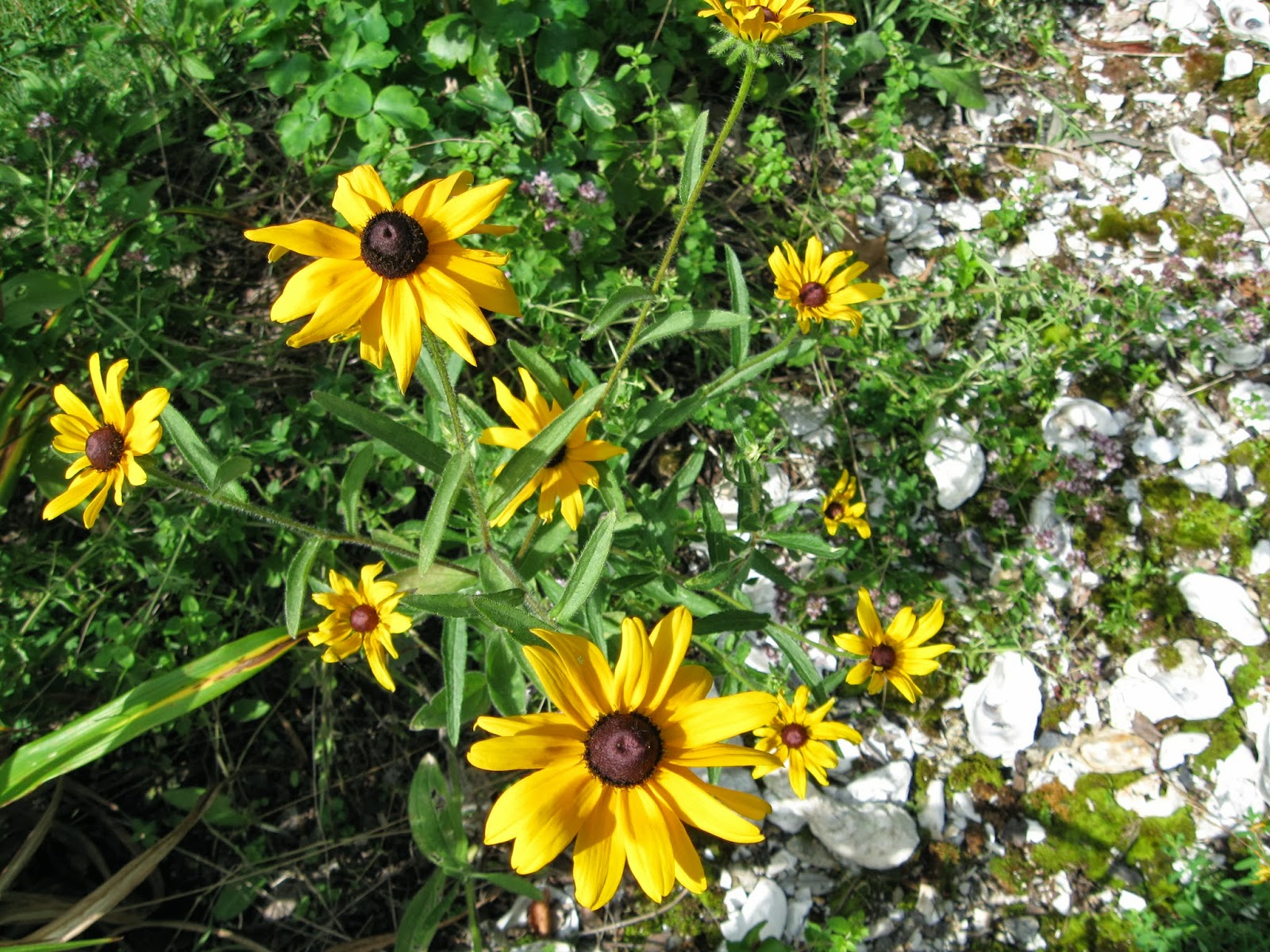While we humans enjoy flowers, they are not made for us. Flowers do not dress in showy colors or release intoxicating scents or extend languorous petals to entice us. All that saturated color, the silky perfume, the sensuous glory bespeak dancers calling for a partner. But we are not the partners they seek. Flowers entrust their romance to bees, ants, moths, and flies. We are spurned admirers who only stand and watch while other, lesser beings bring pollen to ovule so that a flower can get on with the important business of all life, creating the next generation.
Flowers take a variety of shapes: flat, multi-petal blossoms such as black-eyed Susans or sunflowers; exotic asymmetrical forms such as orchids or snapdragons; elegant waxy cups like tulips or lilies. No matter the shape, each flower is constructed with two functions in mind. First, it must attract a pollinator. Second, it must create seed, the genetic messenger for the next generation.
Flowers, then, are both Madonna and whore. On one hand, flowers are the blessed wombs that will launch new life. On the other hand, flowers are showy lures designed for romance. Flowers advertise their presence without shame, like an Amsterdam “lady of the night” perched in her window, wearing a flashy silk robe. Flowers use many devices to bring their suitors home: sumptuous colors and alluring scents. For the right visitors, flowers also provide copious feasts.
 Buried deep within the blossom lies the pollinator’s ultimate objective. Special glands at the base of the petals exude a sweet, nutritious liquid called nectar. On the way to this food, pollinators brush past both stamen holding pollen and the entrance to the ovule where eggs await fertilization.
Buried deep within the blossom lies the pollinator’s ultimate objective. Special glands at the base of the petals exude a sweet, nutritious liquid called nectar. On the way to this food, pollinators brush past both stamen holding pollen and the entrance to the ovule where eggs await fertilization.
Little is left to chance in the love anatomy of a flower. Blossoms welcome pollinators with adequate landing sites and well-marked taxiways. Dark spots on vase-shaped foxglove blossoms and hairy yellow stripes ascending purple petals of bearded iris serve the same purpose. They are “follow-me-this-way” signs to the nectar.
While plants can produce their own food, they cannot mate without help of intermediaries. Insects are the most common go-betweens. But it is flowers and bees that live in the closest and most perfect mutuality.
Flying from the hive on a foraging trip, a worker bee will seek nectar from only one crop at a time. On the first trip of the day, she will gather pollen and nectar only from lavender, for example, then return to the hive to deliver these gathered foods. On her second trip, the same bee will visit only thyme blossoms. This bee habit of exclusive foraging is invaluable to flowers since it insures wide distribution of pollen from flower to flower in the same species.


No comments:
Post a Comment